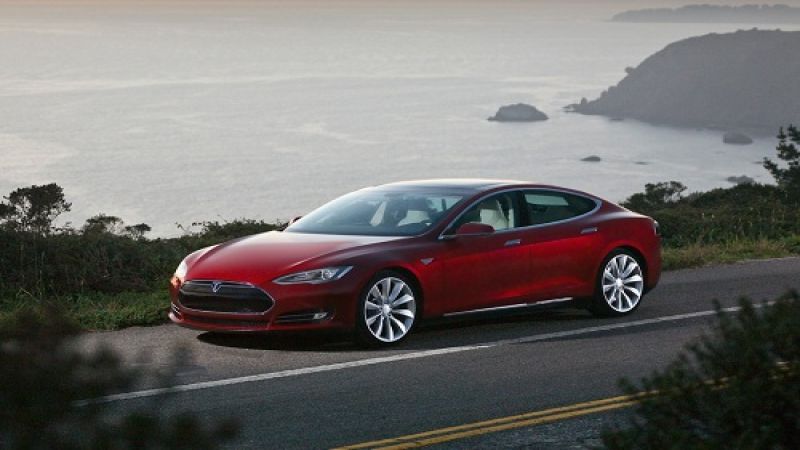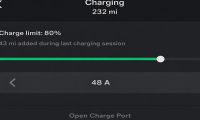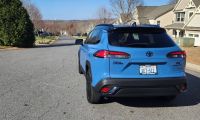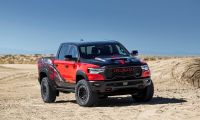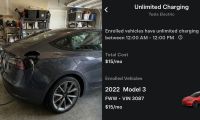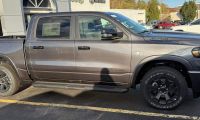About six months ago I wrote a story titled “Volt and Leaf will succeed, but Tesla S and Fisker Karma will not.” It looks like I may have to live with batting 750, because I am already proven right on three of those predictions, but I think the Tesla part may prove wrong. That opinion piece generated more reader feedback than any other story I have published. In fact, it generated more feedback than all of the others combined. It was also one of the most popular stories in terms of reader feedback at Torque News. Nobody wrote in to defend the Karma, nobody thought I was wrong about the Volt and Leaf. What hit a nerve was the prediction that a model made by Tesla would not succeed. At the time the story was written about 2,000 of the cars had been built, maybe less. It was not owners writing in.
The reason that the Teslarati are so fanatical is complicated. Some are part of the electric car jihad who feel that electric cars are good, gasoline cars are evil, and will never be convinced otherwise. Some are just fans of the Tesla brand and the Model S. Many are both. Most defend the car as being superior in many ways to others in its class, something I never disputed. Having driven the car, I know it has great potential. Others seem to have the general opinion that since the electric super-sedan is so clearly awesome how can anyone question the survival of the company that makes it? It turns out that those folks are on the right track.
My original piece beat up the Karma for catching on fire and for breaking down during the Consumer Reports test. I didn’t pick on the Tesla for any lack of awesome-ness. I focused on the business model and the poor economies of scale that Tesla has compared to the big manufacturers. However, there were a few things that we the public did not know (or appreciate) about the business model, and also a few things about the car and the company that have become more clear in the last six months that make it pretty obvious that in the near term Tesla seems to have it all figured out.
Tesla’s biggest profit center right now may actually not be the cars themselves, but rather the Zero Emissions Vehicle (ZEV) tax credits it can sell to other automakers. California started this craze. Basically, it mandates the percentage of ZEVs that an automaker must produce and sell in the state in order to do business there. If the automaker cannot make the number mandated by the government then it can buy credits from companies that have more than they need. As far back as 2008 Tesla was an advocate for this program, knowing that it might benefit greatly. This past quarter it did. According to multiple media reports that scrutinized the Q1 SEC filing by Tesla, the company was paid $68,000,000.00 (sixty eight million) by other automakers for the ZEV credits it is awarded by the California system. The system uses a points matrix to determine how much a ZEV is worth. Those with more range and quicker charging get more points and are worth more to manufacturers. I suspect strongly this is why Tesla cancelled its entry level Model S with the shortest range. It was not maximizing its ZEV credit potential, so Tesla killed it.
According our own David Herron, and many other sources, Tesla sold about 5,000 Model S cars in Q1 (its only model.) That means that the value of the ZEV credit sales per vehicle was $13,600.00. Tesla also benefits from the $7,500 federal tax credit to buyers of the Model S and also a California credit of $2500 per vehicle. It lowers the ownership costs of the car for buyers, and thus makes the Model S more affordable when compared to rivals. Some rough math pegs the direct government support for the Model S at about $23,600 per vehicle. This subsidy being provided to support sales of the Model S because it is electric is more than the total price of some hybrids from Honda and Toyota. How can Tesla lose?
Another major factor in Tesla's successful business model is the Tesla distribution plan. We surmise there is a huge amount of support for Tesla’s direct sales and direct service model in comparison to the dealership model it competes with. After having visited a Tesla Store and having spoken to some of the Tesla employees in the “showroom” it is clear they have a huge advantage now over the horrible dealership model that has evolved in this country. The sales associates, called Product Specialists, at Tesla are much better trained and have an excellent product to sell. There is also no middle man company who needs to be paid a percentage of the profits. Dealers have only themselves to blame for the negative perception many buyers have of them and they are running scared, suing Tesla and trying to pass new laws to restrict Tesla’s direct sale of vehicles in ways that would be comical, if they were not so frighteningly anti-American.
Tesla has an incredible product in the Model S. The company has an amazing direct sales force that is energized and educated, and our state and local governments are providing the company with a 25% - 35% direct subsidy versus all of its competitors. Looking back on my original prediction it seems clear that far from failing, how can Tesla not thrive?



